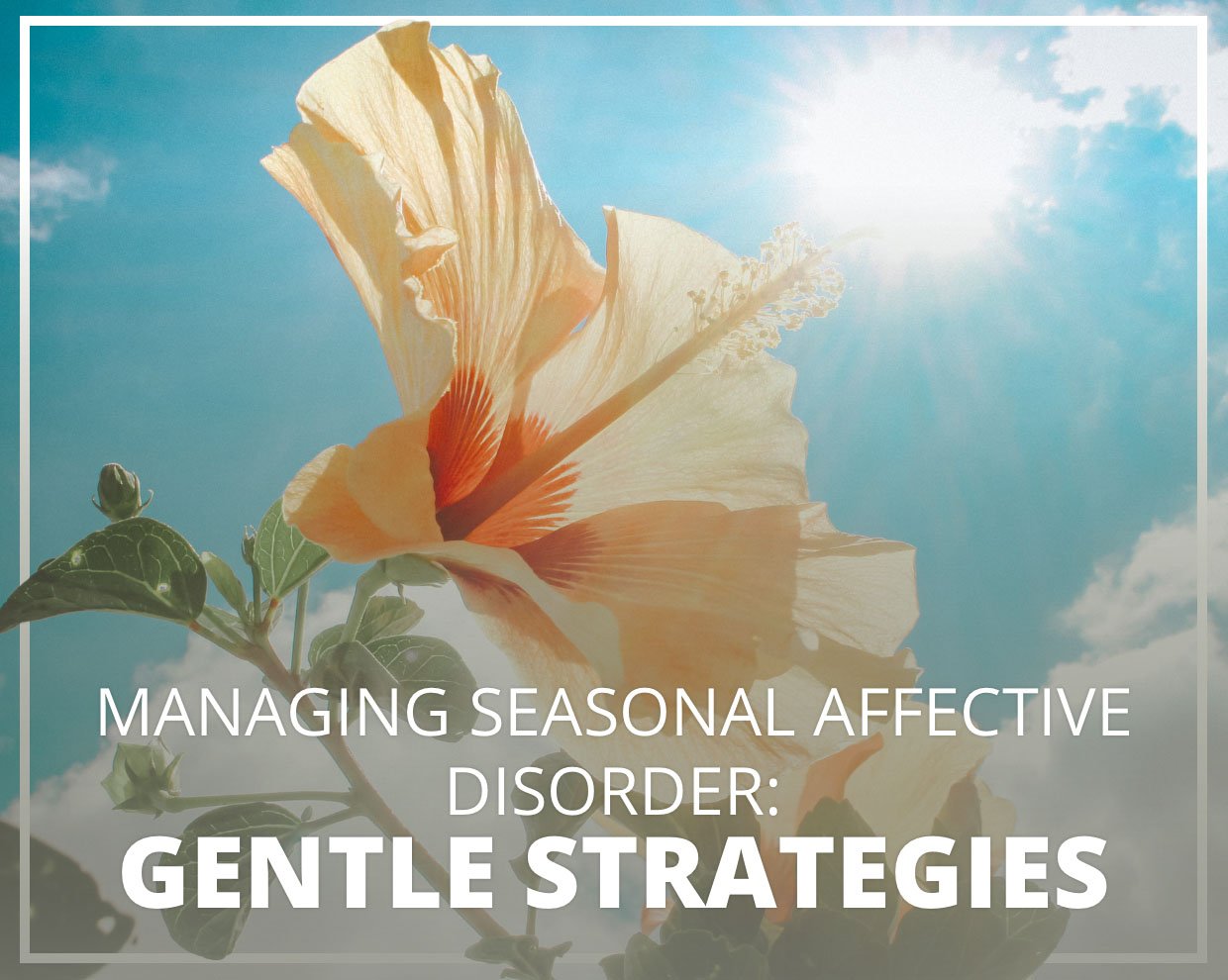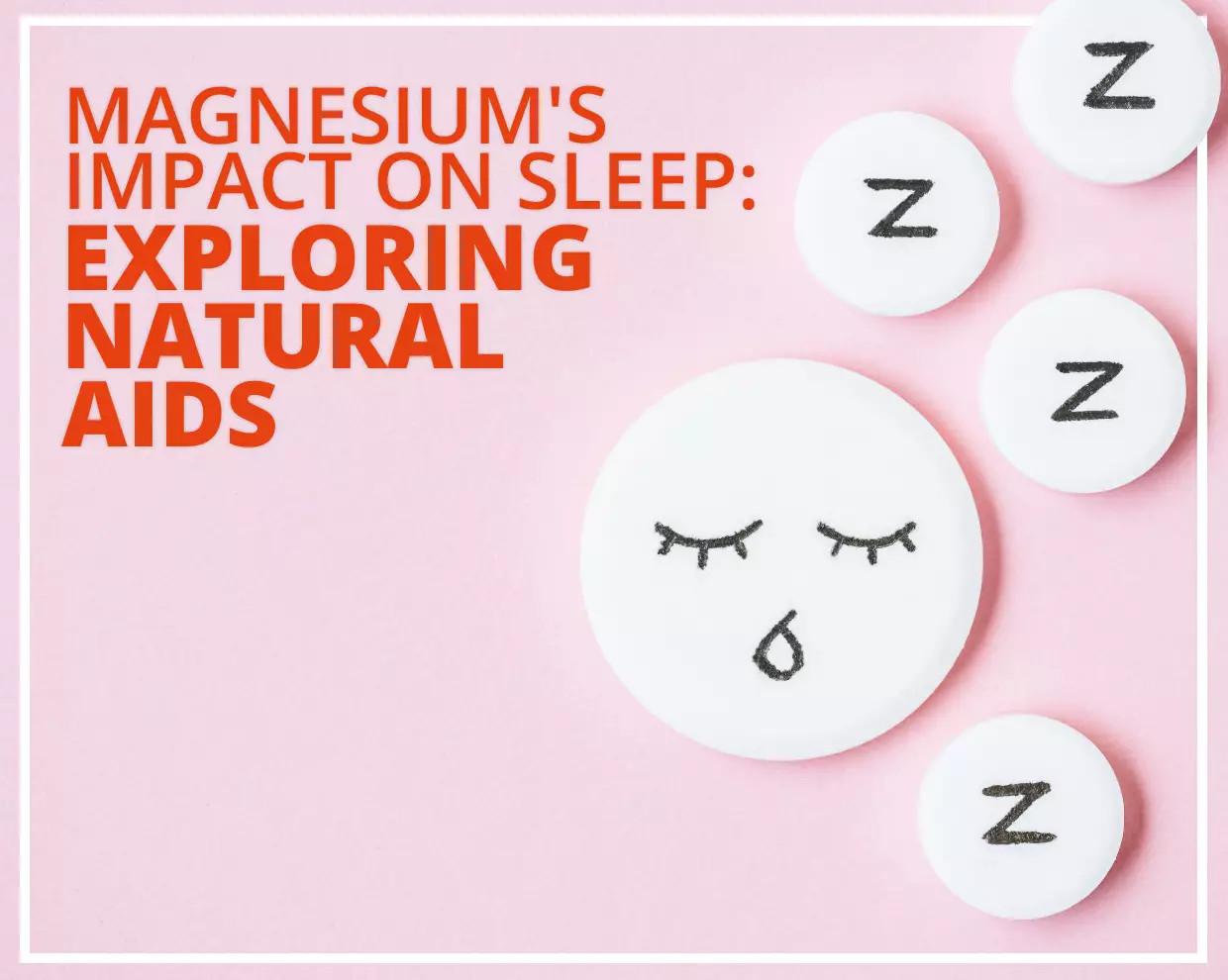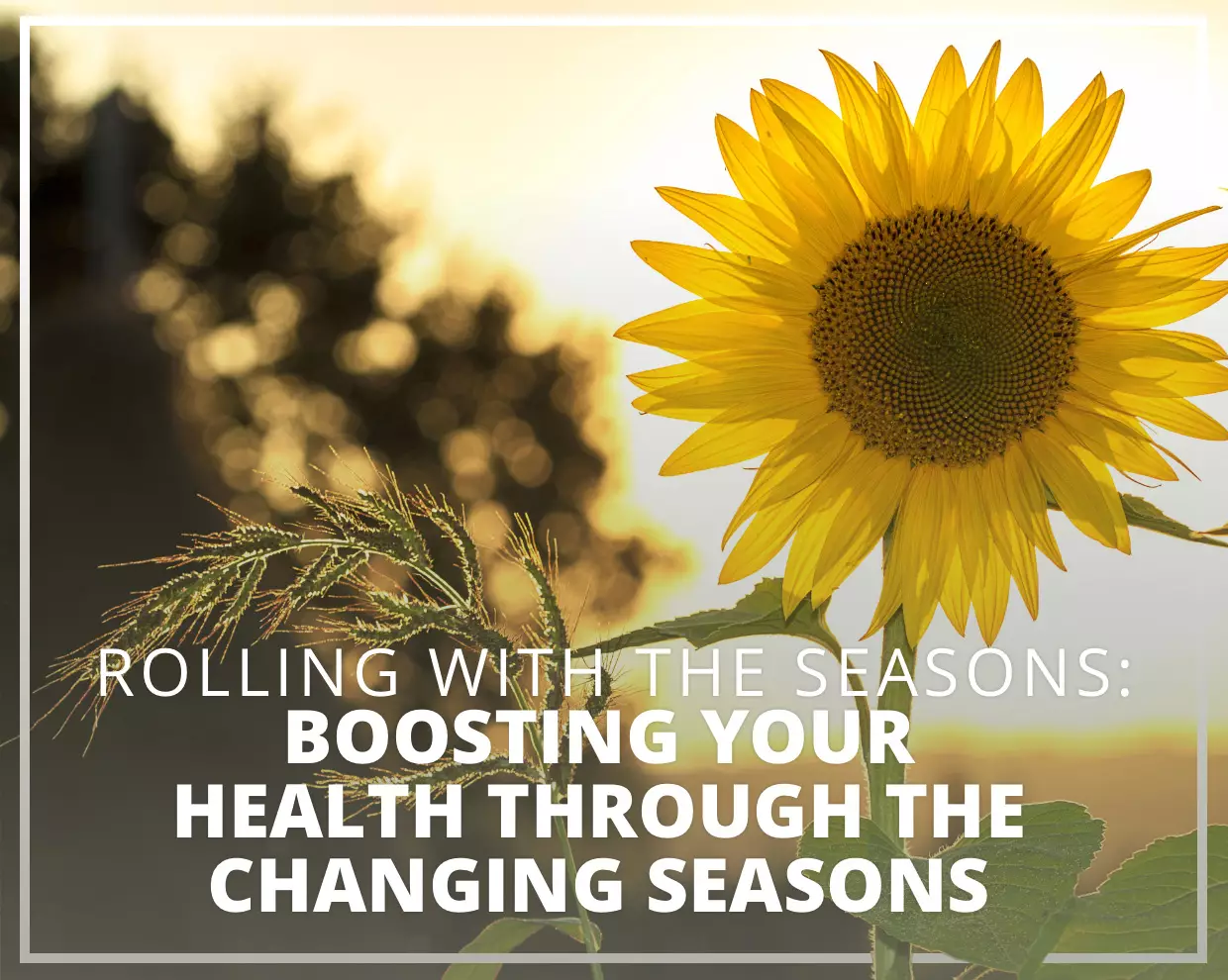Seasonal Affective Disorder (SAD) is a condition that may cast a subtle shadow on the brighter aspects of life as the seasons transition, predominantly during the autumn and winter months. It is a phenomenon that might affect a considerable number of individuals, influencing changes in mood, energy levels, and overall well-being. In this piece, we aim to delve into understanding what SAD entails, and explore some gentle strategies that might assist individuals in navigating through this seasonal challenge.
Understanding Seasonal Affective Disorder (SAD):
SAD is generally considered to be a type of depression that appears at specific times of the year, often commencing in the autumn, continuing into the winter months, and typically subsiding with the advent of spring and summer. Individuals experiencing SAD might notice a dip in their mood, a sense of lethargy, and alterations in their sleep patterns and appetite.
The precise cause of SAD is not entirely clear, but it is believed to be linked to a lack of sunlight, which might influence the body's internal clock, disrupt the production of serotonin (a hormone that affects mood), and increase the production of melatonin (a hormone that makes you feel sleepy). [1]
Gentle Strategies to Navigate Through SAD:
1. Maximising Natural Light:
Embracing the Outdoors: Venturing outside to embrace the sunlight, even for short durations, may play a role in lifting one’s spirits. A brief stroll in a local park, if the weather allows, might bring about a positive shift in mood. [2]
Rearranging Indoor Spaces: Adjusting the layout of your living or working space to maximise exposure to natural light could be a simple yet effective strategy. Positioning furniture closer to windows might allow for more sunlight to permeate the space, fostering a brighter atmosphere.
Mindful Moments in Sunlight: Creating small, mindful moments to bask in the sunlight could serve as gentle reminders to stay grounded and connected with the present.
2. Light Therapy:
Consistency is Key: For those considering light therapy, maintaining a consistent routine, particularly in the mornings, might be crucial. A set amount of time each day in front of a light box that emits bright light, mimicking natural sunlight, has been suggested as a potential method to help reduce symptoms of SAD. [3]
Choosing the Right Device: It’s important to choose a light box that meets specific safety standards and emits the right intensity of light, usually around 10,000 lux, to help manage SAD symptoms.
3. Establishing a Routine:
Predictable Sleep Patterns: Aiming for consistent sleep patterns, including going to bed and waking up at the same time daily, might help regulate the body’s internal clock and contribute to a sense of stability.
Meal Times and Work Routines: Setting regular times for meals and work could provide a predictable daily structure, potentially offering comfort and a sense of control.
4. Staying Connected:
Reaching Out: Making a conscious effort to maintain connections with friends, family, or colleagues, even when there might be a tendency to withdraw, could build a support network that offers strength and understanding.
Support Groups: Participating in support groups specifically focused on SAD might provide a space to share experiences and coping strategies, fostering a sense of belonging and mutual support.
5. Gentle Physical Activity:
Finding Enjoyable Activities: Identifying physical activities that bring joy and are easily accessible might make it simpler to incorporate them into daily routines. Options could range from home-based stretching to outdoor activities like walking or cycling.
The Role of Nature: Engaging in physical activities outdoors, when the weather permits, could offer the combined benefits of exercise and exposure to natural light.
6. Mindfulness and Relaxation Techniques:
Exploring Different Practices: Experimenting with various mindfulness and relaxation techniques might help individuals find what resonates best with them, whether it’s guided imagery, progressive muscle relaxation, or mindfulness meditation.
Creating a Calm Space: Designating a specific area at home for these practices could create a conducive environment for relaxation and reflection.
Seasonal Affective Disorder might pose challenges to a significant number of individuals, impacting their mood, energy levels, and sense of well-being. By understanding SAD and exploring gentle strategies to navigate through these seasonal changes, it may be possible to mitigate its effects and cultivate a sense of balance and positivity. Engaging with natural light, maintaining a stable routine, staying connected, incorporating physical activity, and practicing mindfulness are all strategies that might contribute to improved well-being during the challenging autumn and winter months. However, it is always recommended to seek professional advice for personalised support and guidance.
Discover More on Our Blog
If you found this article helpful and you are interested in learning more about maintaining a balanced and healthy lifestyle, we invite you to explore other insightful articles and resources on our blog. Dive deeper into a world of well-being here.
References
1 Overview - Seasonal affective disorder (SAD)
2 How to look after your mental health using mindfulness
3 Seasonal affective disorder treatment: Choosing a light box

 EU Store
EU Store  UK Store
UK Store NZ Store
NZ Store AU Store
AU Store




















